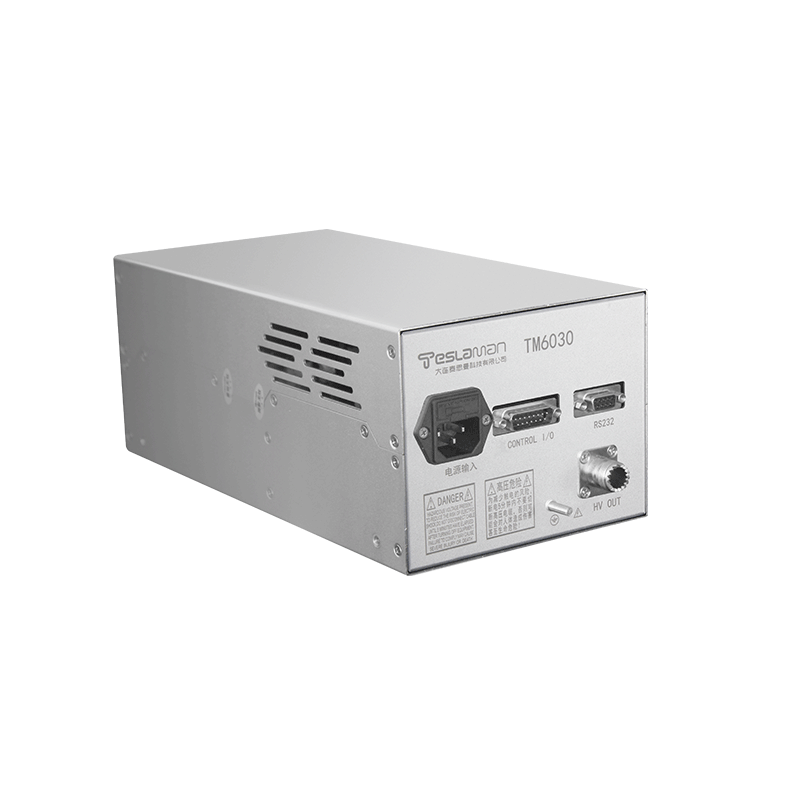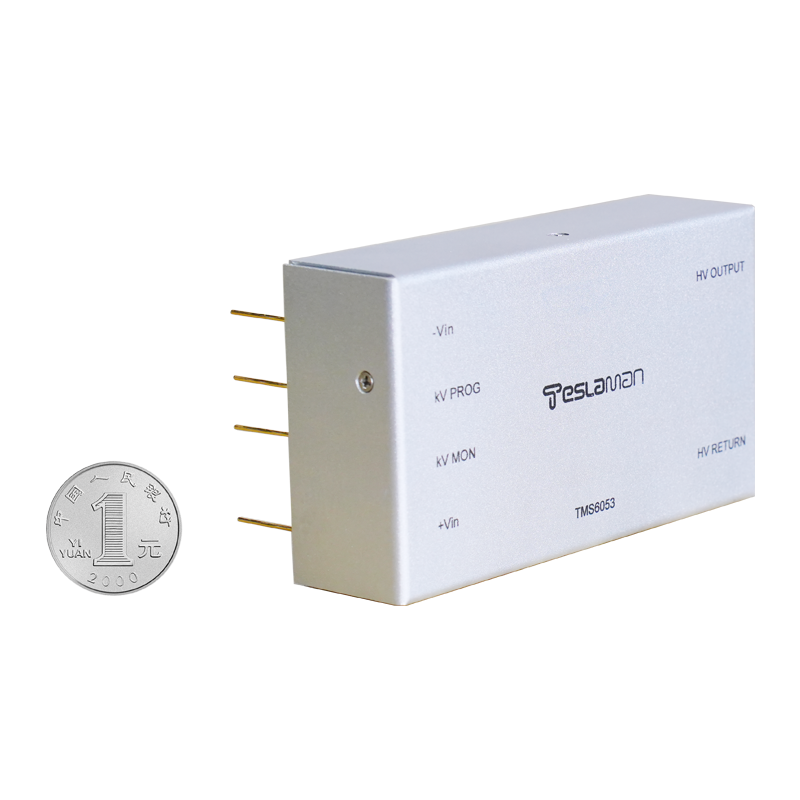Improvement of Beam Quality of High-Voltage Power Supplies for Neutron Accelerators
In fields such as nuclear physics research, materials science, and medical tumor treatment, neutron accelerators, as core equipment for generating neutron beams, directly affect the effectiveness of experiments and treatments with their performance. High-voltage power supplies, as crucial components of neutron accelerators, play a decisive role in the beam quality through their output characteristics. Improving the beam quality of high-voltage power supplies for neutron accelerators has become an important topic for promoting the development of related fields.
Beam quality mainly includes key indicators such as beam intensity, energy stability, and beam emittance. The voltage stability of high-voltage power supplies is the core factor affecting the energy stability of the beam. If there are fluctuations in the output voltage of the high-voltage power supply, the intensity of the acceleration electric field will become unstable, causing fluctuations in the energy of the neutron beam. To address this issue, high-precision voltage regulation technology combined with a closed-loop feedback control system is required. By monitoring the output voltage in real time, comparing the collected data with the set value, and using a PID control algorithm to quickly adjust the power supply parameters, high-precision stability of the output voltage can be achieved, thereby ensuring the energy stability of the beam.
The regulation of beam intensity places strict requirements on the pulse characteristics of high-voltage power supplies. During the operation of a neutron accelerator, different experimental and application scenarios require beams of different intensities. High-voltage power supplies need to have flexible pulse modulation capabilities, being able to adjust the frequency, width, and amplitude of the pulses according to requirements. For example, Pulse Width Modulation (PWM) technology can be used to precisely control the beam intensity by changing the duty cycle of the pulse signal to meet diverse usage needs. At the same time, optimizing the power output characteristics of the power supply, reducing power losses, and improving energy conversion efficiency provide sufficient energy support for generating high-intensity and stable beams.
The beam emittance reflects the spatial divergence of the beam and significantly affects the focusing and transmission efficiency of the beam during the transmission process. Stray electromagnetic fields generated by high-voltage power supplies can interfere with the motion trajectory of the beam, leading to an increase in the beam emittance. Therefore, when designing high-voltage power supplies, electromagnetic shielding design needs to be strengthened. High-permeability materials and a reasonable shielding structure should be used to suppress the generation and propagation of stray electromagnetic fields. In addition, by optimizing the beam injection and acceleration structures, and cooperating with high-performance beam optical elements such as quadrupole magnets and solenoids, the beam can be precisely focused and shaped, effectively reducing the beam emittance and improving the beam quality.
In practical applications, it is also necessary to consider the coordinated operation of high-voltage power supplies with other systems of the neutron accelerator. A complete beam diagnostic system should be established to monitor various parameters of the beam in real time and feed the monitoring results back to the control system of the high-voltage power supply. Based on the feedback information, the operating parameters of the high-voltage power supply can be dynamically adjusted to achieve real-time optimization of the beam quality. At the same time, through simulation technology, the beam transmission process under different working conditions can be analyzed, and potential problems can be predicted in advance, providing a scientific basis for the parameter adjustment and system optimization of high-voltage power supplies.
In conclusion, improving the beam quality of high-voltage power supplies for neutron accelerators is a systematic project. It requires comprehensive measures from multiple aspects, including power supply parameter optimization, electromagnetic shielding design, improvement of the beam transmission system, and multi-system coordination. Through continuous exploration and innovation, the performance of high-voltage power supplies can be continuously enhanced, providing higher-quality and more stable beam support for the application of neutron accelerators in various fields.




















